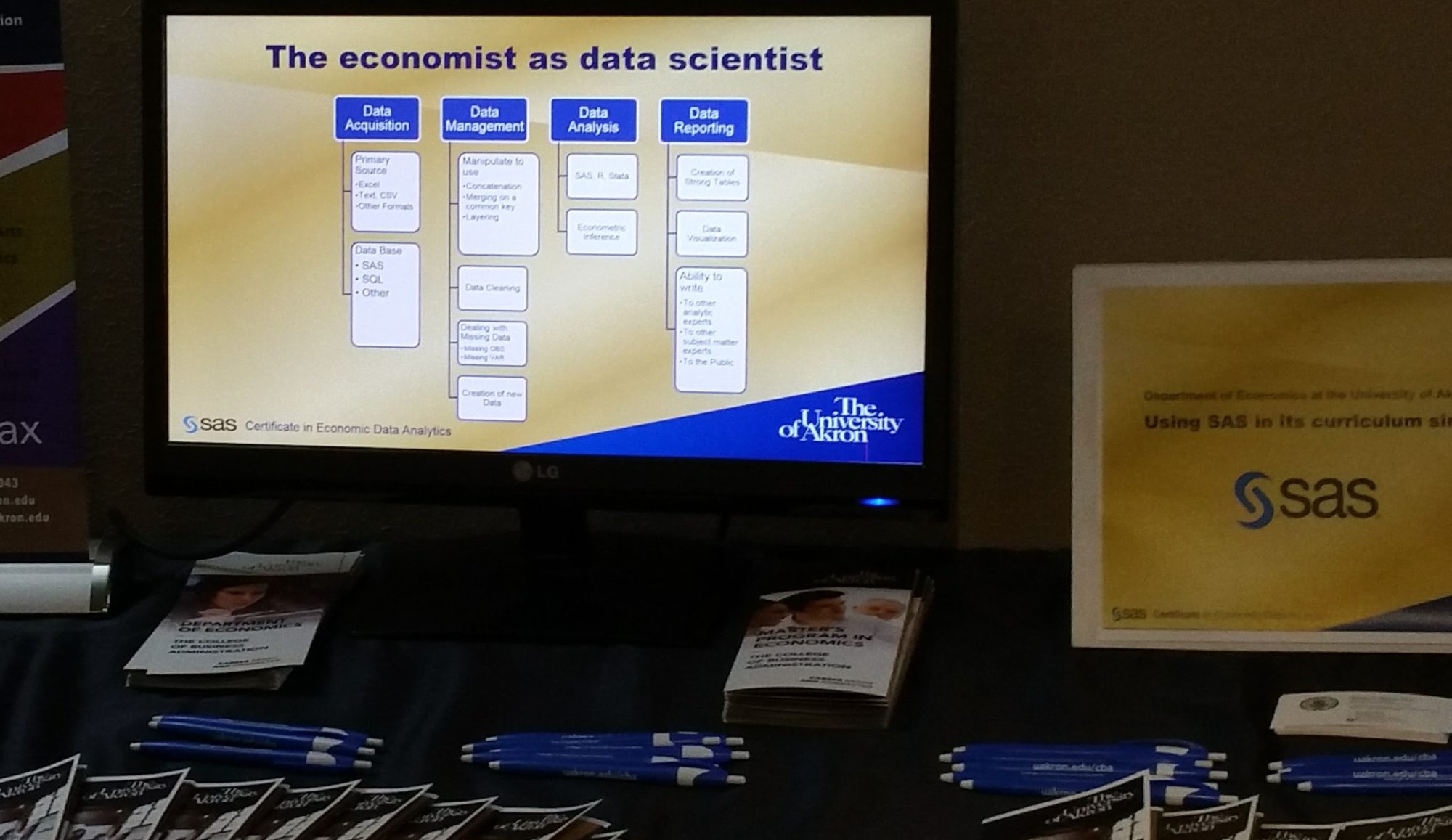Robert Allison blogs as the SAS Graph Guy. He recreates using SAS PROC SGPLOT the famous bubble chart from Hans Rosing of Gapminder Institute. Hans shows that life expectancy and income per person have dramatically changed over the years. Because Hans Rosing is a ot the father of visualizations, Robert produces this graph (shown here) and this very cool animation.
I can’t wait to see Economic Freedom and income per person soon in one of these graphs. My students are trying to do this right now. At this point in the term they are acquiring two datasets from Heritage on 168 countries, which contain the index of economic freedom for 2013 and 2018. Then they are cleaning and joining them so they can reproduce the following figure and table in SAS PROC SGPLOT for each year.


I have written about this project in prior terms here. Once they have this data joined and the above figures reproduced then they will move on to the final project for this semester. They will be looking through the 1600 World Development Indicators of the World Bank. Each team of students will choose 5 and will join that to their data to answer the question:
Does Economic Freedom lead to greater Human Progress?
I may share their results, for now this is some pretty cool graphics from the SAS Graph Guy.


